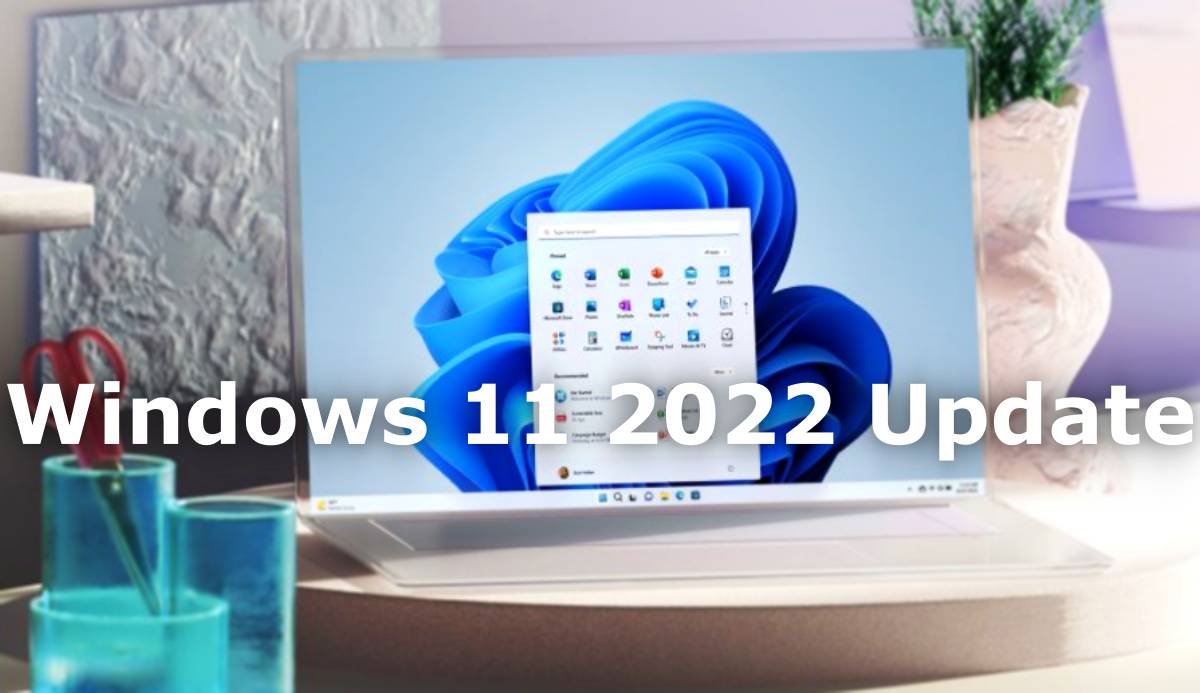James Webb Space Telescope encounters a problem
The Mid-Infrared Sensor (MIRI) instrument on the James Webb Space Telescope has a technical issue, according to NASA researchers. The most recent of these views, the Webb telescope's first photos and spectra of Mars, showed scientists the cosmos beyond our planet in a way that had never before been possible. An anomaly review board has been established by the space agency to look into the situation.
The MIRI instrument includes four observational modes: coronagraphic imaging, low-resolution spectroscopy, and imaging. "On August 24, during the preparation for a scientific observation, a mechanism that enables medium-resolution spectroscopy (MRS) displayed what appears to be increased friction. When conducting observations in the MRS mode, this device, which is a grating wheel, enables researchers to choose between shorter, medium-length, and longer wavelengths.
The anomaly review board was gathered by NASA on September 6 to determine the best course of action for resolving the problem after conducting preliminary health checks and investigations into the matter. While they examine its behavior, the Webb team has temporarily stopped scheduling observations using that specific observing mode.
The other three MIRI modes are functioning regularly and are still accessible for scientific studies, indicating that the telescope is still in good condition. Webb has had several incidents before this one. The $10 billion space observatory was reportedly damaged in July of this year after being struck by at least 19 tiny space debris. One of the 18 gold-plated mirrors of the space telescope was visibly damaged by one of the meteorites.
However, because the James Webb Space Telescope is built to continue operating even when faced with such problems, scientists are ready for these eventualities. The Hubble Space Telescope, Webb's predecessor, has seen several technological difficulties since it started operating more than 30 years ago, yet it is still operating.




